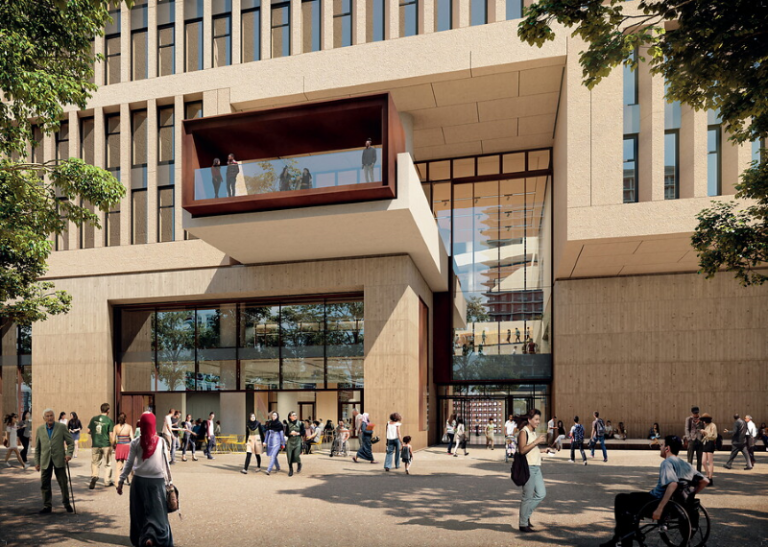New research presents a break-through process to nanostructure glass
17 September 2021
Regenerative Secondary Mask Lithography process, led by the Department of Electronic and Electrical Engineering Photonic Innovations Lab, presents a two step contamination free fabrication method to generate high-aspect ratio, nanocone arrays in glass with exceptional precision.

We live in the era of glass, a technologically important material characterised by its high transparency, chemical and thermal stability, and long-term durability.
Due to these highly desirable properties, it is no surprise that glass has become such a ubiquitous material in everyday life – from glazing in the built environment, windscreens in cars, to touch screens enabling human-to-human and human-to-machine interactions. In spite of the myriad applications that glass has found over the centuries, its core purpose has broadly remained unchanged (with some notable exemptions).
It is essentially a flat transparent slab whose mission is to offer visual access between two spatially separated regions. The vision of our work is to change this perception and impart new functionalities to glass, even more than one simultaneously (multifunctionality).
In this paper, we present a breakthrough two-step, contamination-free fabrication method to generate high-aspect ratio, nanocone arrays in glass with exceptional precision, through our newly established Regenerative Secondary Mask Lithography process. By harnessing the remarkable ability of nanocones to interact with photons, liquids and biological systems, we demonstrate impact-resistant superhydrophobicity, omnidirectional antireflectivity, and crucially, the first demonstrated antibacterial properties on a glass surface towards S. aureus, paving the way for a new range of high-value products.
Martyna Michalska and Sophia Laney from the Photonic Innovations Lab said:
It has been a joy to work on the notorious challenge of glass nano-structuring which required us to take a new approach to its processing. We are happy to see the outcome as a process where we can fully control the pattern geometry. This now opens up the possibility to deliver customised glass surfaces which could trigger many other areas of follow up and potential.”
The project was conducted within the framework of the ERC grant IntelGlazing and involved a multidisciplinary team from the photonic innovations lab in the Department of Electronic and Electrical Engineering at UCL (Dr Martyna Michalska, Sophia Laney, Dr Tao Li, Dr Mark Portnoi and Prof Ioannis Papakonstantinou), Mechanical Engineering (Prof Manish Tiwari), Chemistry (Prof Ivan Parkin) and Eastman Dental Institute (Dr Elaine Allan and Dr Nicola Mordan).
Paper details:
Bioinspired Multifunctional Glass Surfaces through Regenerative Secondary Mask Lithography
Martyna Michalska,Sophia K. Laney,Tao Li,Mark Portnoi,Nicola Mordan,Elaine Allan,Manish K. Tiwari,Ivan P. Parkin,Ioannis Papakonstantinou
Image credit: Mary Hinkley, UCL Imagestore.
 Close
Close

